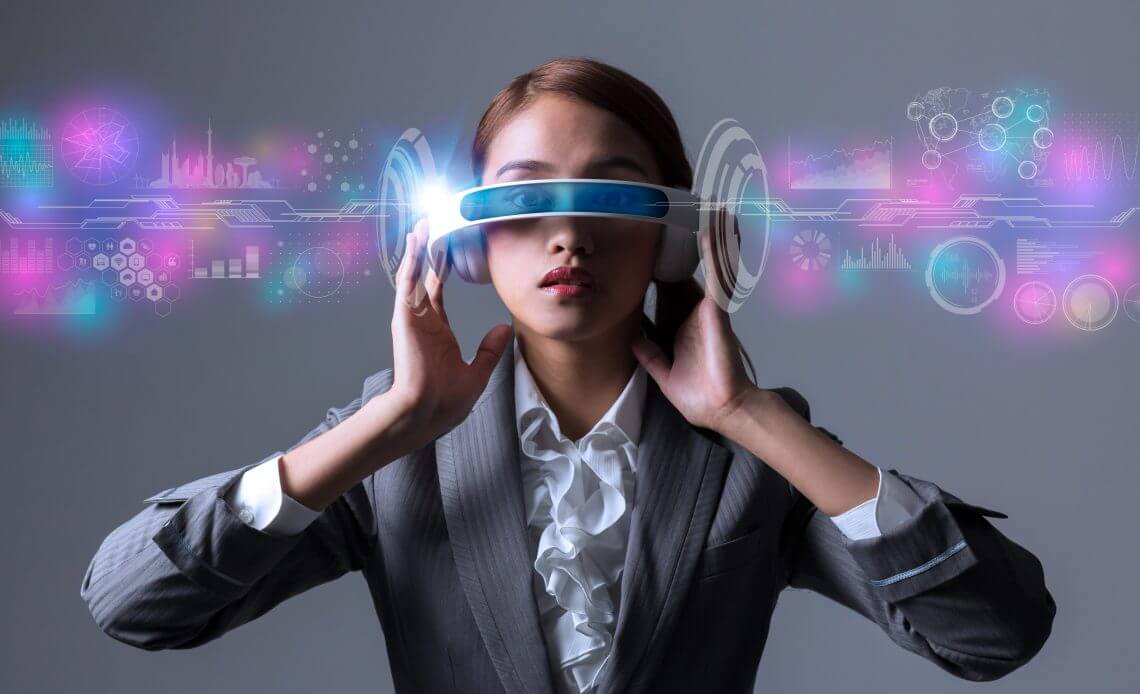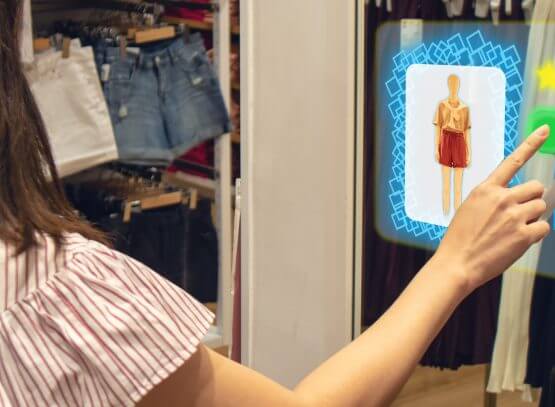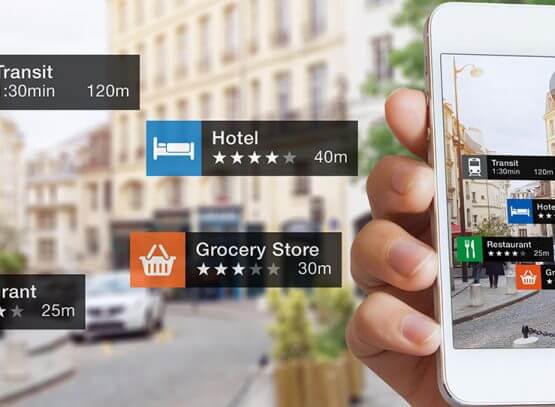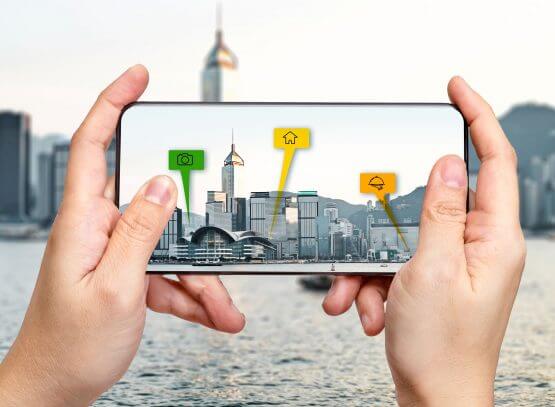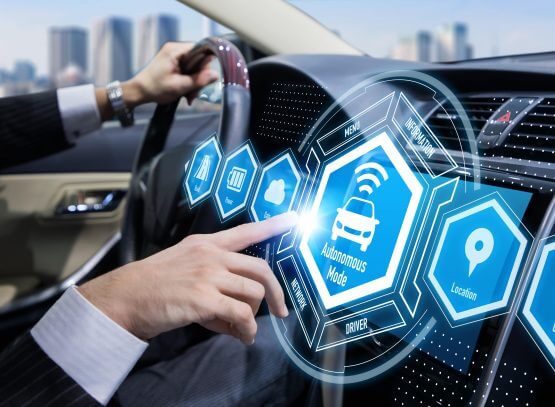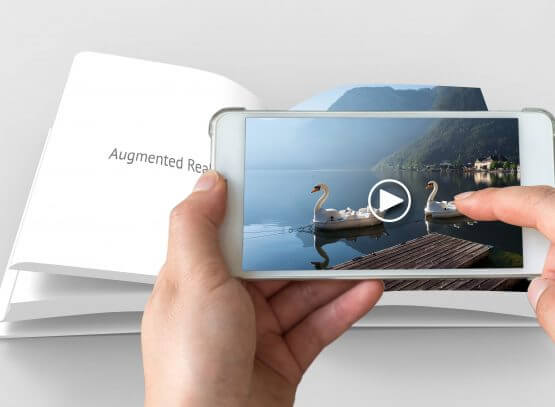Image Recognition and Computer Vision have become a very important part of Artificial Intelligence. It has broken its chains from the niche market to become more mainstream since early 2017. Here is a list of cool new ways that Computer Vision is being implemented presently:
The world today has entered a digital age that is only going to expand as we speak. The trends this year are turning towards machines with specifically AR technology taking over the market.
Augmented Reality has been in the loop for as early as 2005. It is when the idea of virtual try rooms started circulating. However, now it has become a reality. With technological advancements at an all-time high, every brand is trying to make use of it.
Hospitality and technology have been partners in business for a long time. In order to excel in providing flawless experiences to the guests, the industry in 2017 increased their IT budget.
We all take ages to plan a trip, going into every little detail to make the tour convenient and worth it. Planning can wear you out when you don’t have much access to what you might need to know about the place or the place you might be staying in.
We have often seen navigation arrows and signs right in front of the driver in movies and racing games and till now we thought that is just a fantasy of every car lover and will remain just that.
AR In Print: Bridging The Gap Between The Digital And The Physical
While we all know how AR has affected digital media, print media was pushed back a bit more with its old school, safe approach to marketing.
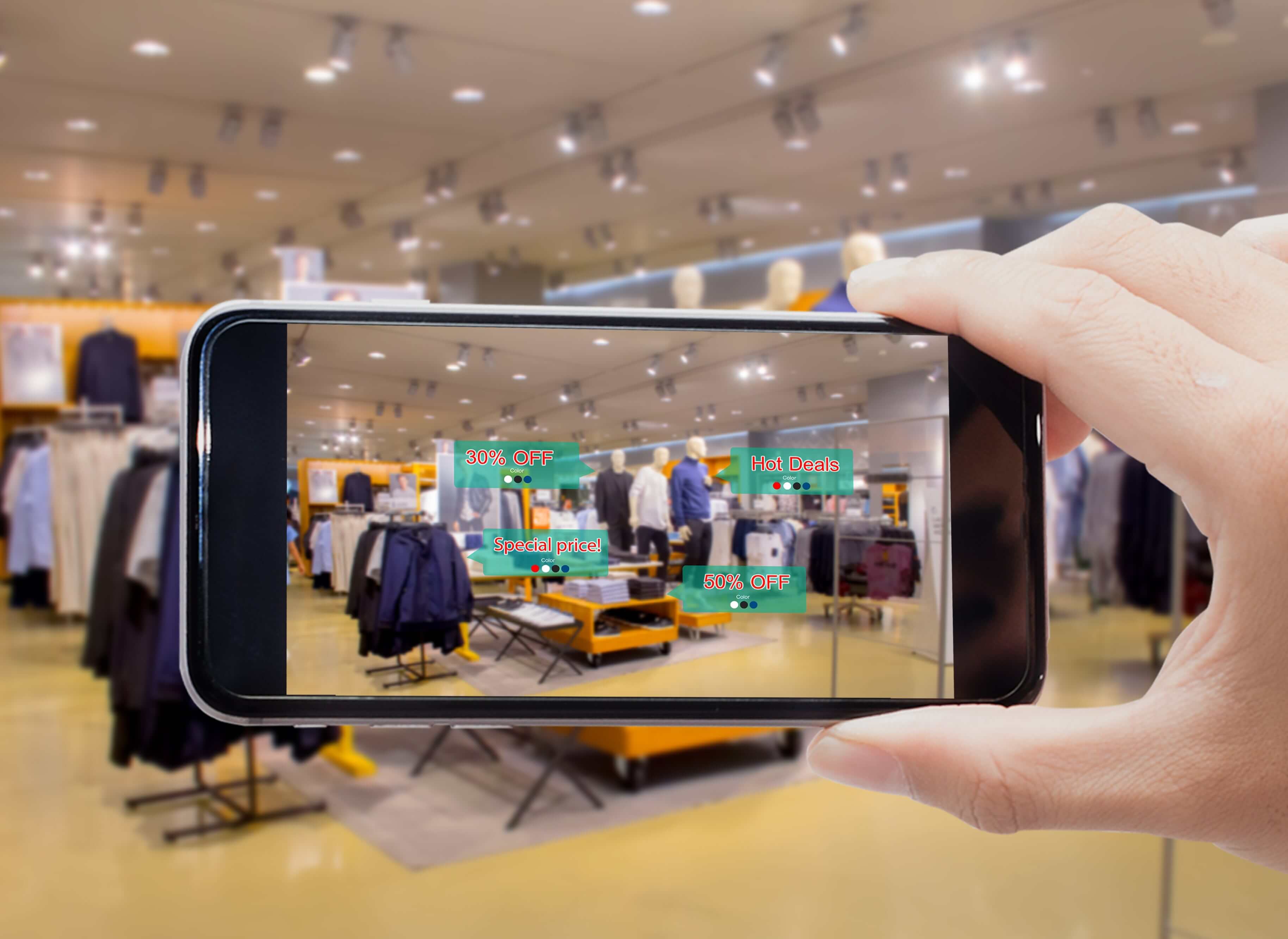
Augmented Reality has become a major addition in everyday business life. With the popularity of Snapchat and Pokémon Go, several retail brands have also come up with ideas to incorporate AR into their businesses.
If there is one game that broke records and increased on-screen time of mobile users, it was Pokémon Go. Developed by Niantic Labs, the game requires a player to hunt Pokémon characters by walking around in their surrounding areas and capturing the character on their mobile screen.
We have often seen medical students carrying a load of books and papers, trying to grasp it all in to understand how the human body works. Wouldn’t it be better if they could just saw a 3D structure of the human heart, walk around and see how the components work?

